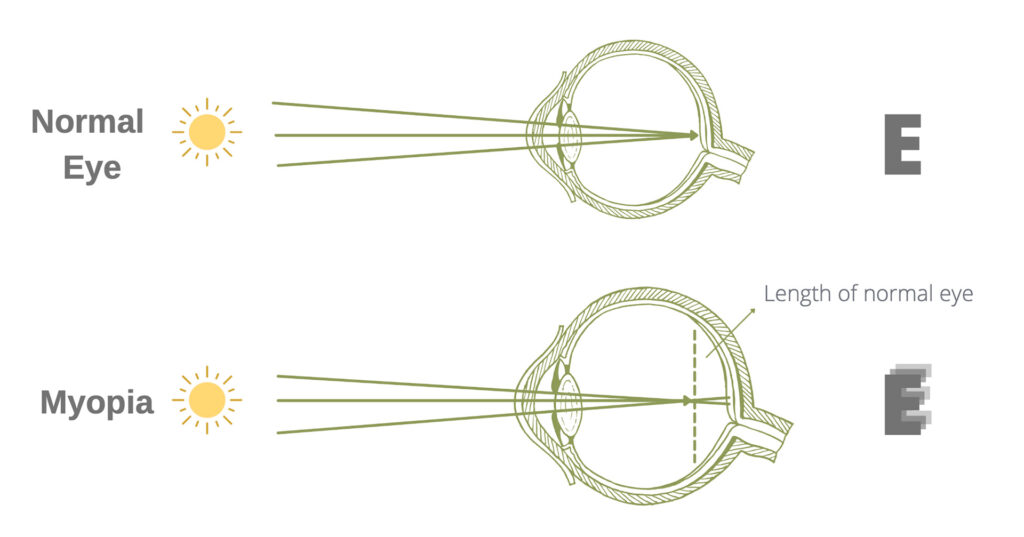Jinja – Myopia, commonly known as nearsightedness, is a prevalent eye condition that causes poor uncorrected far vision, resulting in hazy distant objects. With around 150,000 Ugandans completely blind in both eyes and 3.5 million individuals experiencing moderate to severe vision impairments, myopia is a significant cause of disability in the country, according to statistics from the Ministry of Health.
Dr. Peter Kayondo, an ophthalmologist at Lapaire, explains that individuals with myopia may exhibit symptoms such as blurred distance vision, clear vision for objects up close, headaches, eye strain, squinting, fatigue during activities such as driving or sports, poor academic performance, and a short attention span.
The development of myopia is influenced by a combination of inherited and environmental factors. Inherited predisposition coupled with lifestyle choices, such as excessive close-up work like reading or computer use, can contribute to the onset of myopia, notes Dr. Kayondo.
The World Health Organization reports that nearsightedness has been on the rise globally for several decades, with projections indicating that nearly half of the world’s population will have myopia by 2050.
Dr. Kayondo further explains that myopia can worsen with age, particularly during pre-adolescent and adolescent growth spurts. Visual stress or underlying health conditions like diabetes or cataracts can also contribute to the progression of myopia.
Diagnosing myopia typically involves standard eye exams to assess visual acuity, evaluate how the eyes focus light, and determine the corrective lens prescription required. Eye charts and retinal reflection tests are commonly used, along with a phoropter, an instrument that measures refractive error by placing a series of lenses in front of the eyes.
While myopia cannot be permanently cured, there are several practices individuals can adopt to enhance their overall eye health, as recommended by Dr. Kayondo. These include setting time limits for digital device usage, taking regular breaks from screens to rest the eyes, avoiding reading in low light conditions, promoting outdoor activities, wearing sunglasses for UV protection, using protective eye gear during sports or other physical activities, quitting smoking, and scheduling routine eye checkups.
Treatment options for myopia include contact lenses and spectacles, which offer vision correction. Additionally, various refractive procedures can be employed to treat myopia. However, glasses remain the most common method of treatment or correction, tailored to meet the individual’s specific level of eyesight correction.




